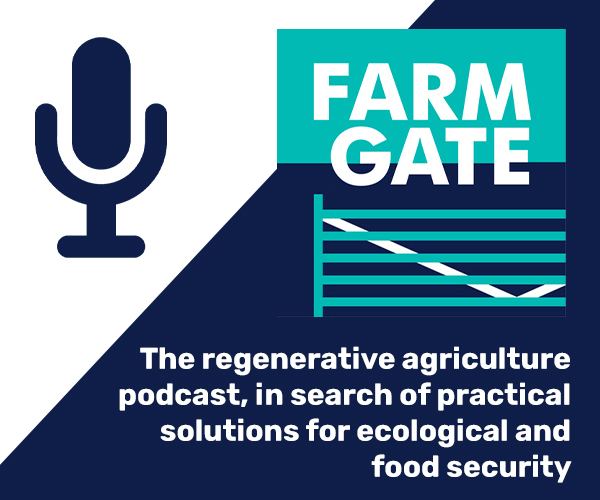



Reducing Residues in Livestock Products
"As far as I am concerned, drug residues in animal products is a black and white issue," said Dr Mike Apley, Professor at Kansas College of Veterinary Medicine, when addressing the Dairy Producer Forum at the NCBA Trade Show and Convention earlier this month. Charlotte Johnston, TheCattleSite editor reports.Dr Apley addressed issues surrounding the concern of drug residues and antibiotic resistance in milk, culled dairy cows and veal calves - and how the risks can be minimised.
88 per cent of all drugs used in the US are to treat an illness, with only 12 per cent used a preventative.
What are residues?
If a drug is not approved in food or dairy animals there can legally be no residues of that product in the animals. However when drugs are allowed, there are tolerance levels of how much trace of the drug can be found in associated products.
There can be legally acceptable concentrations of drugs in milk if there is an established tolerance in tissues for that animal species.
Residues occur when detected concentrations of the marker residue are above the approved tolerance for that drug in that tissue.
The Food and Drug Administration as well as local state authorities are responsible for monitoring this.
Why do residues occur?
Wrong administration of a drug is the common cause of residues, including withdrawal times not followed, approved dose exceeded or extra label use on farm. Often treatment records are not maintained so it is unknown what animal has been treated.
Another traditional cause of residues is that drugs are given or fed by mistake.
Dr Apley said that if, for any reason, a larger dose than recommended is given to an animal, the withdrawal period must be altered accordingly.
"Under absolutely no circumstances is there justification for shortening a withdrawal period.
Interestingly 70 per cent of violated residues had no veterinary advice involved. Dr Apley says that it is imperative that each farm has a well qualified veterinarian who keeps up to date with the latest medications.
"If you don't have protocols in place - that is where the problems are." Many producers fail to maintain animals IDs and medical treatment records.
Common residues
Between 2005 and 2008, flunixin residues were responsible for 21 per cent of all violated residues. Dr Apley said that there is a severe lack of evidence that this drug, used for prevention purposes, actually makes a difference in disease resistance.
"Intra-muscular use of flunixin in cattle is completely inappropriate," he said. "It should only ever be administered into a vein."
Penicillin was another problem, accounting for 40 per cent of total violated residues during 2005-2008.
Common issues with penicillin include putting an entire dose of Penicillin G in one spot. This, Dr Apley says, just does not make sense.
Another practice, which Dr Apley condones it putting a drug in another injection site than as labelled. For example, moving ceftiofur crystalline free acid to the neck instead of the ear or base of the ear or giving flunixin meglumine intramuscularly.
Extra-label use (ELDU)
Extra-label use is whenever a drug is used other than exactly as specified on the label. This includes changing the dose, injection site, frequency, duration, animal species and treatment indication.
Dr Apley reminded producers that a veterinarian must be involved in any extra label use under the Animal Medicinal Drug Use Clarification Act (AMDUCA).
Using any drug in an extra label manner outside the presence of a veterinary-client-patient relationship is illegal, he said.
Develop a treatment protocol
Developing a treatment protocol will not only lead to reduced residues but also better management.
He left the audience with a thought - should all growth promoting labels for antibiotics be removed from farm use, and be put under veterinary control - so that they can only be purchased over the counter or by prescription?
February 2012










